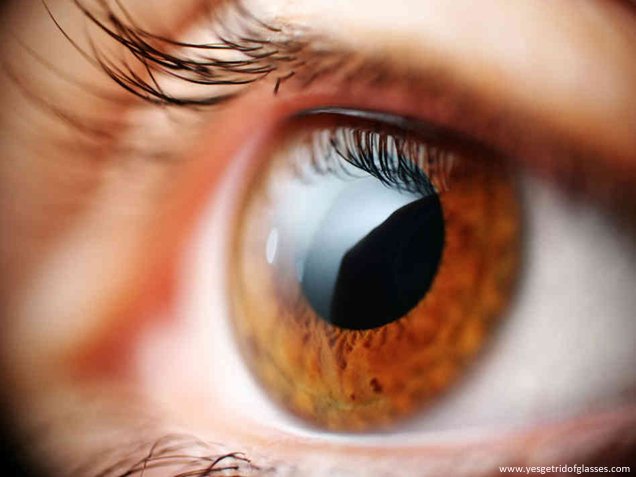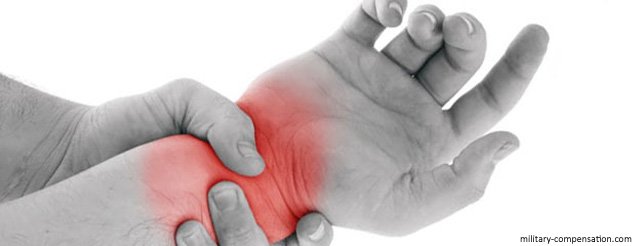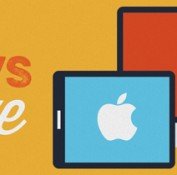Are you an IT professional who spends long hours in front of the computer? If your answer is in the affirmative, then this article is for you. It is time for you to take adequate measures to avoid health problems which an increasing number of IT professionals are facing these days due to sedentary lifestyles and postural problems.
Studies by leading universities have revealed that at least 76% of IT professionals face vision related problems and back ache is something that cannot be eliminated from their life. Other health disorders like neck pain, spinal problems, lung diseases, constipation are quite common among techies.
This is why it is recommended for you to know about the common health issues and simple preventive ideas so that you can lead a healthy life.
1) Vision Problems – Eye Strain, Dark Circles and Dry Eye
With your eyes being the most delicate part of your body, stressing them too much when working with computers causes major eye sight issues. Almost 7 among 10 IT professionals have eye power issues and in their later stages of life the chances of cataract development in the eyes are also high. People who keep their eyes very close to the computer screen also suffer from problems like dry eyes. Working late in the night causes excessive stress to your eyes which results in dark circles.
Preventive Methods –Use screen guards for your laptop or desktop’s monitor that will prevent the harmful rays from disturbing your vision. Also use a dummy spectacle to avoid the interference of the rays inside your eyes. Do not stare at the computer screen constantly and close your eyes often or move them often when working with the computer.
2) Repetitive Stress Injury (RSI)
The RSI is nothing but the injury caused to your muscles by not making proper use of them. IT professionals prefer to sit and work for a long time. Sitting in wrong postures causes damage to the muscles by making them numb. This also results in nervous breakdown, muscle swelling, stiffness etc. RSI majorly affects neck, shoulder, fingers, thighs and hip muscles.
Preventive Methods –One needs to relax and stretch often when working with computers. A short walk to the nearby water station, water tap or just a casual walk around the office lobby helps you relax your muscles. To relieve the muscles from stiffness you can often stretch your arms, legs and rotate your hips.
3) Neck Pain – Cervical Spondylitis
The important factor that causes cervical spondylitis in IT professionals is their sitting posture. Keeping the computer monitor at the wrong angle causes excessive stress to your neck and results in chronic neck pain. When the monitor level is low that results in you looking down at the monitor for longer time gives birth to this cervical spondylitis.
Preventive Methods – Keep your monitor’s viewing angle above your neck level so that you need to look up and not look down that stiffens your neck muscles. Instead of adjusting your monitor height and viewing angle you can try to adjust the height of your chair that alters your overall sitting posture for a while. Amidst your work with the computer, try to rotate your head 10 times clockwise and anti-clockwise. Repeat this rotation at least 10 times every hour to relive your neck muscles from the stress. Not using pillows in the night also helps your neck muscles relax better.
4) Heart Problem –Unhealthy Lifestyle and Excessive Stress
Do you know that working for more than 23 hours in a week causes heart problem? Men who have sedentary lifestyle are more prone to cardiac arrests in their early 30’s. Excessive stress, not getting enough sleep, not walking enough and eating junk food while working on computer for a long time cause severe and chronic heart problems in IT professionals.
Preventive Methods – Doing cardio exercises like swimming, walking etc. relieves you from stress and keeps your heart-healthy. Instead of elevators, prefer climbing stairs, try to engage yourself in smaller refreshing hobbies like gardening, cooking, painting etc. Also avoid eating junk food and oily food filled with mouth-watering cheese fillers that add more fat to your heart making the heart valves weaker.
5) Obesity and Stress
Obesity and stress are the dearest friends. With increased stress, your physical health and your mental health are affected. Obesity in IT professionals causes heart problems and sometimes sudden death. If you are a woman and getting back to work after pregnancy, there are chances that your sit-for-long-hours work and sedentary lifestyle will make you obese.
Preventive Methods –Try to walk more and exercise more. Hit the gym and begin with cardiac exercises. If you have sweet tooth then try to have a control over it. Roadside food and junk food is a complete “No-No” for you. Keep a closer look at your weight and alter your lifestyle based on your body weight.
6) Breathing Issues
IT offices are filled with professionals all over the office. This leads to improper ventilation and poor air circulation inside the office. As a result they are suffering from wide range of breathing-related health problems. Respiratory system infection, sinusitis, common cold, and mental health disorder are few among the most common health issues IT professionals face with the closed ventilation of their offices combined with poor air conditioning.
Preventive Methods –While breathing, try to breathe deeper and let your body take enough oxygen. A gentle walk outside your office or in any open place can help you stay relieved from the messy environment where you get to breathe unnatural air all the time. Practice meditation and yoga that cleans your respiratory system. Eat healthy food and try to keep your immune level always high. If you suffer with any other breathing-related health issues, then meet your doctor immediately.
Stay cool and keep your work stress away once you walk out of the office. Also try not to overwork. Working for only 6 hours a day is recommended in front of the computer. Working late in the night should be avoided as much as possible for an IT professional. Try to wake up early in the morning, finish your morning walk and then work instead of working late in the night and getting up late.












